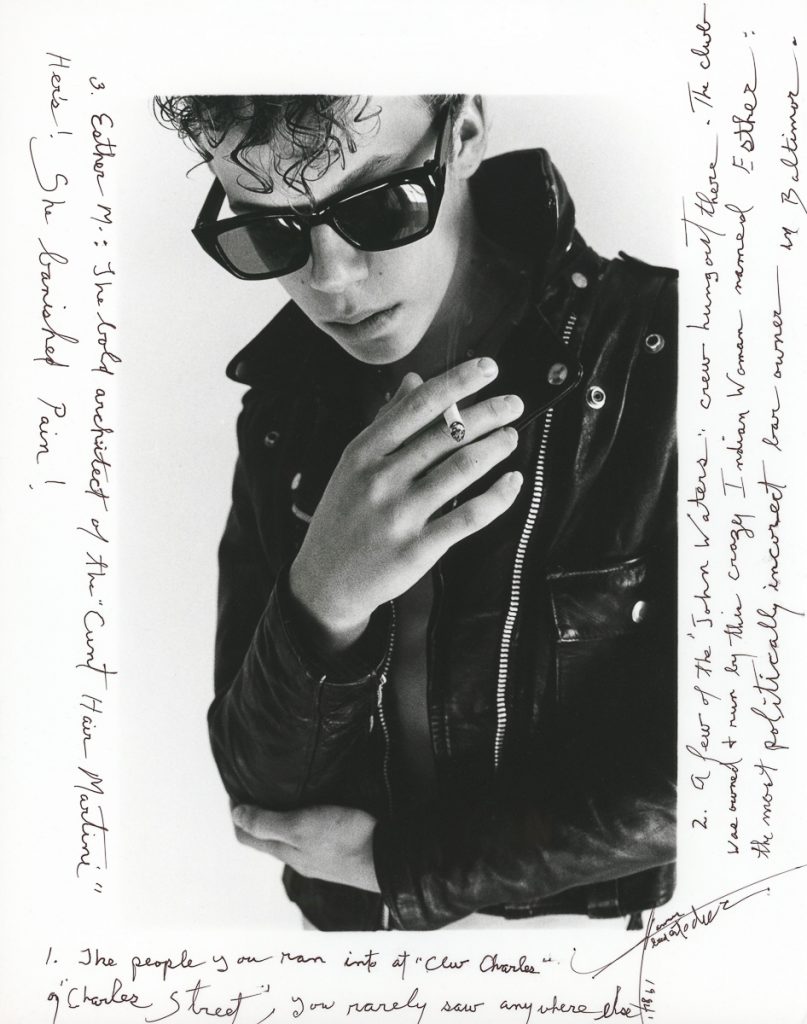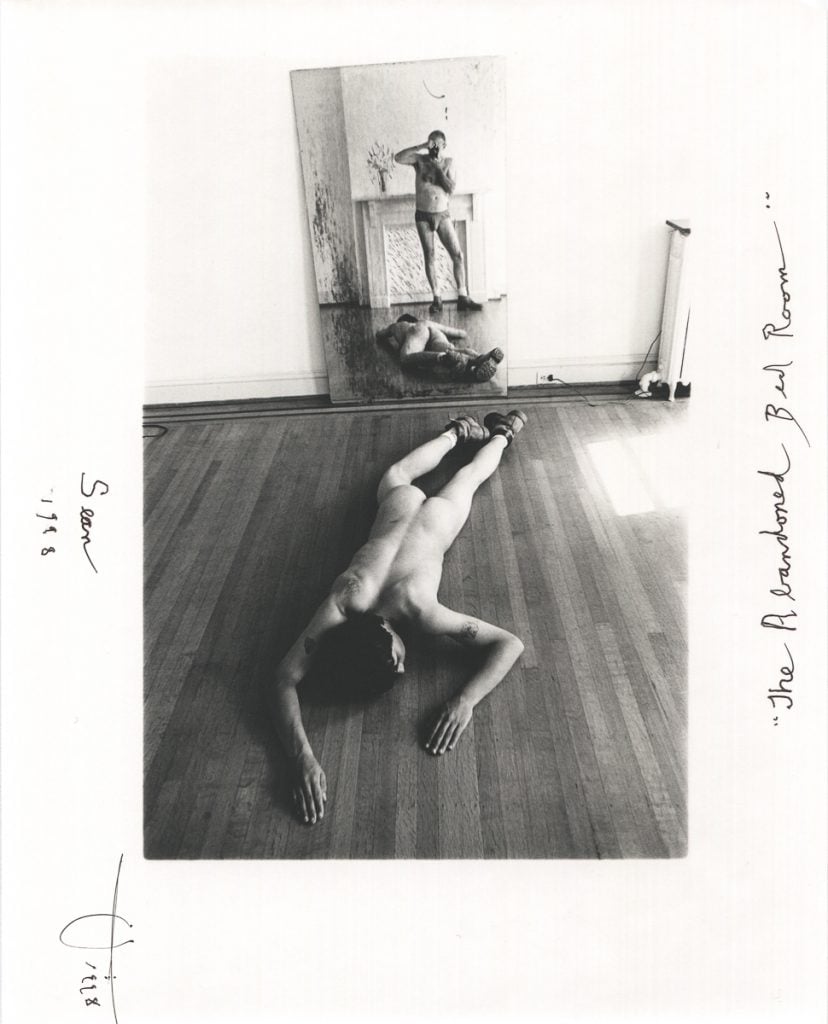People
Remembering Amos Badertscher, a Self-Taught Photographer Who Chronicled Baltimore’s Street Heroes
Badertscher died this week at age 86.

Badertscher died this week at age 86.

Taylor Dafoe

Amos Badertscher, a photographer who documented hustlers, performers, and others eking out a living on the margins of his hometown of Baltimore, died on July 24 after a brief illness. He was 86.
The news was confirmed by Clamp, a New York gallery that will open a previously planned Badertscher exhibition in September.
“Amos Badertscher devoted his life to his photography,” said Brian Paul Clamp, the gallery’s founder, in an email to Artnet News. “He was passionate about telling the story of his years in Baltimore and the people he loved and remembered. Badertscher was also deeply protective of that legacy.”
Born in 1936, Badertscher lived an upper-middle-class life in Baltimore, with a sense of privilege that would later inflect his portraits with a precarious power dynamic. He picked up a camera in the late 1960s, inspired by a faculty member at the prep school where he taught. By 1975, the artist tapped into his inheritance to pursue his craft full time, and began taking pictures of friends and people he met in gay bars.
“There must have been something dangerously lacking in my upper-middle-class psyche because I did not find nudity, even youthful male nudity shocking, abusive, emasculating, pornographic or subversive,” Badertscher once said. “To photograph the naked body is, for me, the ultimate dimension in photographing the person.”

Amos Badertscher, The Abandoned Bed Room [Bedroom] (1998). © Estate of Amos Badertscher. Courtesy of CLAMP, New York.
He would make prints of his portraits at home and fill their margins with handwritten anecdotes about the people depicted therein. The resultant artworks regularly straddled lines of desire, sympathy, eroticism, and—according to some critics—exploitation.
But Badertscher’s creations have seen renewed critical interest in recent years. In 2020, Berlin’s Schwules Museum staged a well-reviewed survey of his work—the artist’s first major institutional exhibition outside the U.S. Next month, the Albin O. Kuhn Library Gallery at the University of Maryland, Baltimore County, will open a retrospective, and the Clamp show will follow in September. A printed collection of Badertscher’s work is due out in 2024.
“With the death of Amos Badertscher, America has lost one of its greatest photographers,” said historian and curator Jonathan David Katz, who co-organized the Schwules show. “Walking into Amos’s Baltimore home was as close as I can imagine to seeing King Tut’s tomb for the first time. There were thousands of amazing photographs, each unforgettable and unprecedented. The first thing you saw was their formal sophistication and otherworldly beauty but then the emotional arc hit you like a ton of bricks.”
“This was a history I never knew but can now never shake,” Katz said.